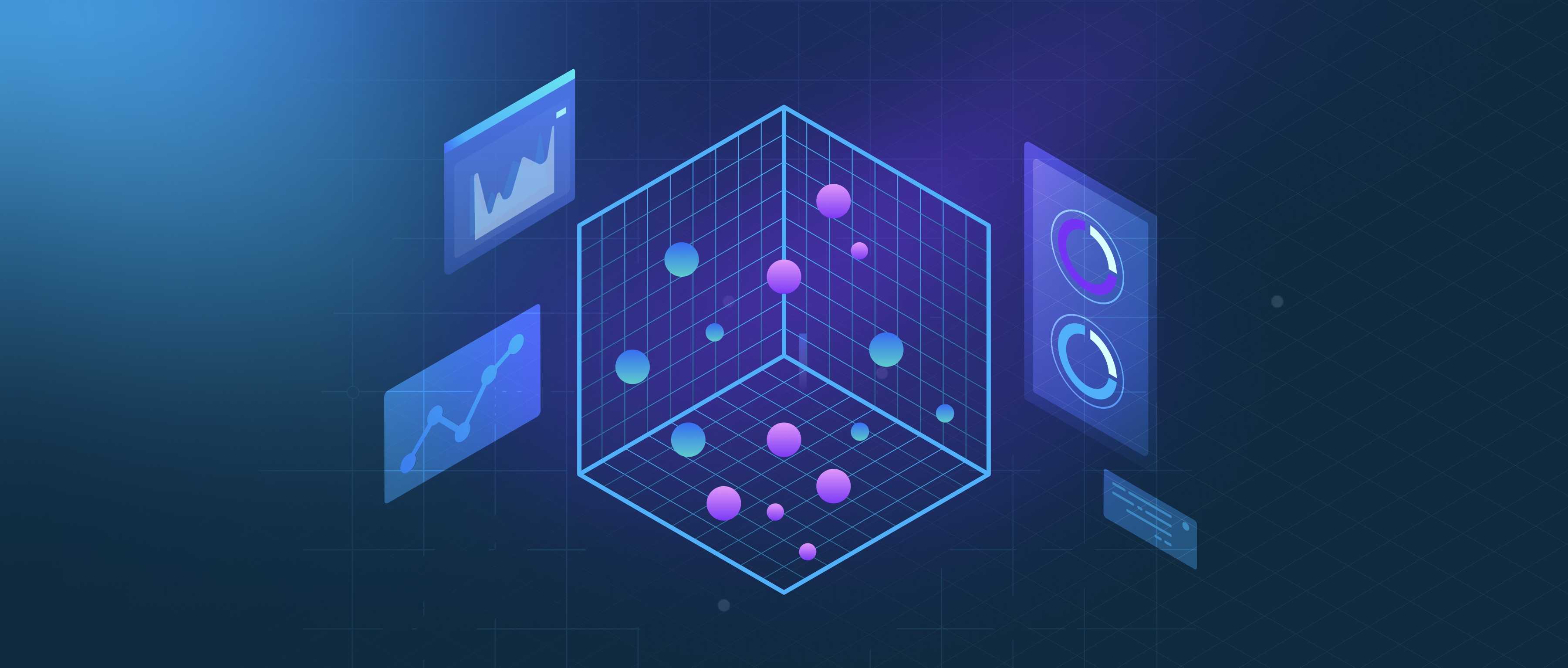AI visual inspection for defect detection refers to using artificial intelligence, particularly computer vision and machine learning algorithms, to automatically identify defects or anomalies in products during manufacturing or quality control processes. This technology uses cameras or sensors to capture images or videos of products as they pass through an inspection system. AI models, often deep learning models like Convolutional Neural Networks (CNNs), are trained to recognize patterns of normal and defective items based on labeled datasets. The system can then compare the incoming image to its learned patterns and flag any defects, such as cracks, dents, discolorations, or missing parts. This technology is widely used in industries such as automotive, electronics, and food production to improve the efficiency and accuracy of quality control. The main advantages of AI-based visual inspection over traditional methods are speed, accuracy, and the ability to detect subtle defects that might go unnoticed by human inspectors.
What is AI visual inspection for defect detection?

- AI & Machine Learning
- The Definitive Guide to Building RAG Apps with LlamaIndex
- Accelerated Vector Search
- GenAI Ecosystem
- Natural Language Processing (NLP) Basics
- All learn series →
Recommended AI Learn Series
VectorDB for GenAI Apps
Zilliz Cloud is a managed vector database perfect for building GenAI applications.
Try Zilliz Cloud for FreeKeep Reading
What are the most common pitfalls in RL?
Reinforcement Learning (RL) can be a powerful tool for training agents to make decisions, but there are several common p
What are the benefits of Vision Science?
Vision science provides insights into how humans perceive and process visual information, bridging fields like neuroscie
What is cointegration in time series analysis?
Cointegration is a statistical concept used in time series analysis to identify a long-term relationship between two or